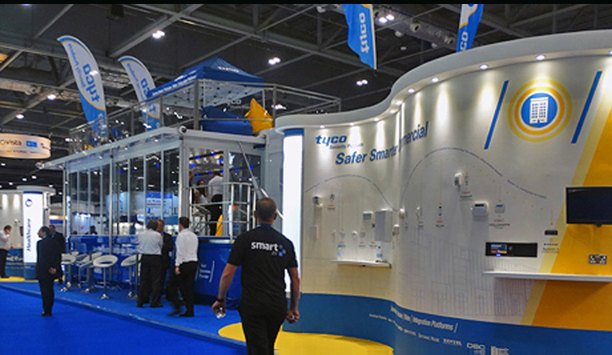I’ve been hearing a lot of talk lately about the “user experience” or UX.
UX is a techy term that refers broadly to how a customer uses a product, including both how the product operates and hundreds of other factors that can enhance – or conversely, can detract from – how a customer perceives and experiences a product.
In SourceSecurity.com’s world of digital publishing, an optimum user experience is the Holy Grail. How a user experiences digital media, how smoothly, how intuitively, is critical to success. Companies like Apple have elevated and expanded the concept of UX to include both how a product works and what it looks like, how it feels, even the packaging and the store where it is bought.
But I wonder how well we in the physical security market are embracing the idea of UX.
Physical Security & User Experience
When it comes to home automation, for example, UX will be the difference between success and unrealised market potential. The security market is increasingly looking to play in the home automation space, and making all the home automation gadgets work together seamlessly, conveniently and accessibly for non-techies (i.e., UX) will ensure success.
Home automation is a consumer market, but UX is also important in the business-to-business (B2B) market where most of our industry operates. The difference between a consumer and a B2B customer is almost negligible. They’re all people, humans, and it’s therefore just as important that their experience with technology be pleasant, productive and stress-free.
So let’s consider the question: Is the physical security industry doing enough to maximize the user experience (UX)? How well do we facilitate the interface of humans and technology?
Is the security industry doing enough |
We recently asked our Expert Panel Roundtable to discuss the elements of an effective video system user interface. The answers reflected the high level of thought that goes into how systems are designed today. One Expert Panelist summed up the goal as being to “make complex systems simple without compromising on features.” Systems should certainly be intuitive to use. It’s a good start, but UX is more than that.
UX Or UI?
In fact, there is a difference between user experience (UX) and user interface (UI). I have heard the UI of a product compared to “gloss,” and UX compared to “inner beauty.” To what extent does our industry design products from the inside out with UX top of mind? On the other hand, how many of us are playing catch-up at the UI game, trying to improve only the outward elements – like putting lipstick on a pig?
We need to improve our best practices in this area. At what point in the product design process do we think about the user experience (UX)? There are a lot of companies that say they now “get it,” but these things can move slowly to the detriment of our customers (and our industry’s reputation).
Maximizing Customer Experience
The term UX originated in our changing technology universe, but the term has a more general meaning that is just as relevant to our industry. How do we maximize the CX – “customer experience?” It’s a pertinent question that relates to all aspects of our business (even analog).
The customer experience, broadly interpreted, is how we as companies interact with our customers. What is the “customer journey,” and how do we manage it to ensure customer wellbeing and repeat business? Every time we interact with a customer, it is part of that journey, and is an opportunity (or a missed opportunity) to improve it. Security dealer/integrators are closest to the end user customer and should be especially diligent in managing the relationships.
UX is a relatively new word, but the philosophy behind it is tried and true. But how well are we implementing it, and how could we do better?










































